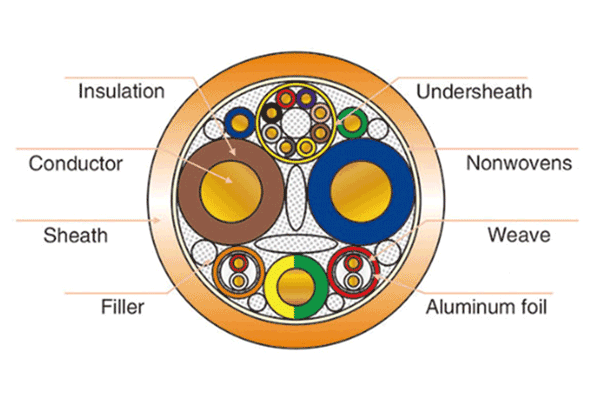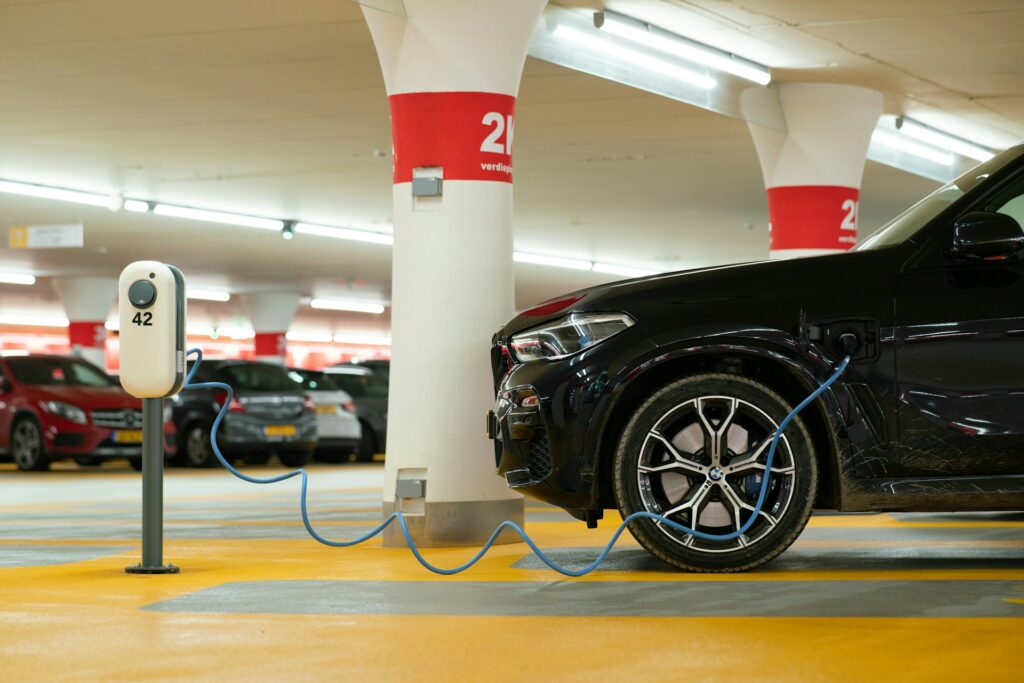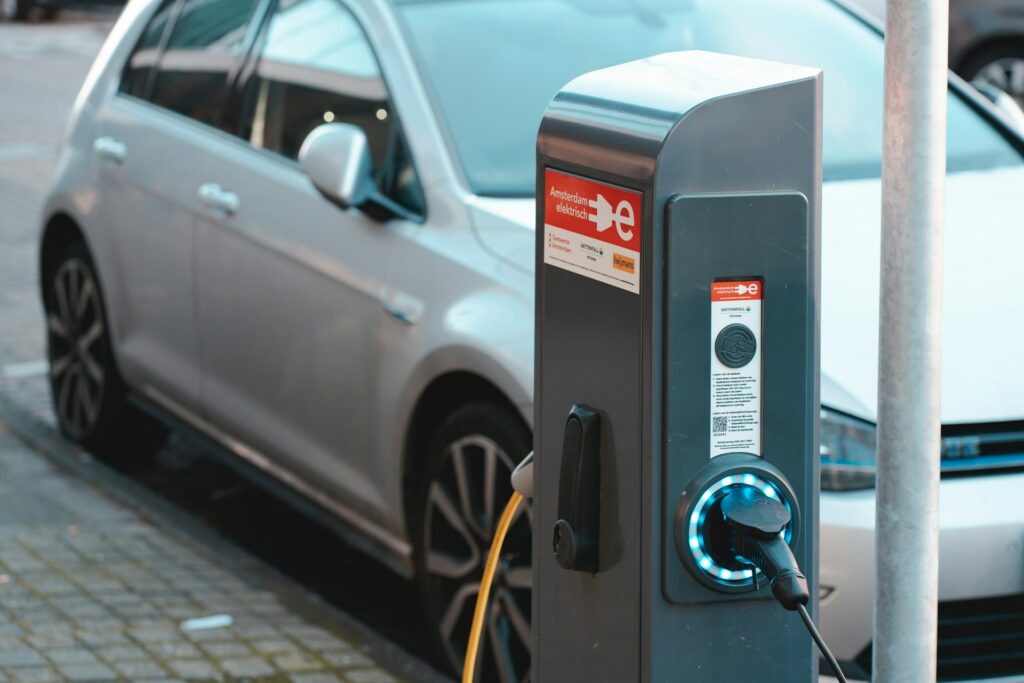The Environmental Impact of Different Charging Cable Materials
In the burgeoning field of electric vehicles (EVs), much attention is given to batteries, range, and charging infrastructure. Yet, an often overlooked aspect with significant environmental implications is the choice of cable materials used in EV charging cables. This article explores the cable materials impact on the environment, delving into the environmental impact of charging cables, how to choose eco-friendly options, the materials commonly used, and the sustainable alternatives available.
Environmental Impact of Charging Cables
The production, usage, and disposal of EV charging cables have a tangible effect on the environment. Traditional materials used in these cables, such as PVC (Polyvinyl Chloride), have raised concerns due to their toxic production processes and difficulty in recycling. As the EV market grows, the demand for charging cables surges, highlighting the need for more sustainable materials that reduce environmental footprint without compromising on performance.
Choosing Eco-Friendly Charging Cables
Selecting eco-friendly charging cables involves considering materials that are not only durable and efficient in electricity transmission but also have a lower environmental impact throughout their lifecycle. Consumers and manufacturers alike are turning towards materials that offer a reduced carbon footprint, such as recyclable plastics, bioplastics, or alternatives that are free from heavy metals and halogens, which are harmful to both health and the environment.
Materials Used in EV Charging Cables
The core materials in EV charging cables include conductive metals for electricity transmission, insulation, and sheathing. Copper remains the most used conductive metal due to its excellent conductivity and durability. However, the focus has shifted towards the insulation and sheathing materials, where innovations are actively being made. For instance, thermoplastic elastomers (TPEs) and other recyclable, non-toxic polymers are gaining traction as sustainable alternatives to traditional PVC and rubber, offering the same, if not better, performance and longevity.
Sustainable Charging Cable Options
The shift towards sustainable charging cable options reflects a broader industry movement towards environmental responsibility. These alternatives not only reduce harmful waste but also contribute to the conservation of natural resources. For example, using recycled or bio-based plastics can significantly lower the environmental impact associated with the production of new plastic materials. Moreover, investing in cables with higher durability and longer life spans reduces the need for frequent replacements, further diminishing the environmental footprint.
Effect on Charging Speed
One consideration to make when producing EV charging cables is the capacity the charger will provide, higher output chargers will produce more heat and this can impact the safety, and longevity of the charging cable.
The choice of cable materials has a profound impact on the environmental footprint of the EV charging infrastructure. By prioritising materials that offer a balance between environmental sustainability, charging capacity, and longevity, stakeholders can mitigate the environmental impact of charging cables. As the industry evolves, continued innovation and consumer awareness will be key in promoting the adoption of eco-friendly charging cable materials, aligning the EV sector more closely with its green ethos.



